“Flu Bomb” Recipe Goes Viral as a Natural Antibiotic Remedy

A home remedy for flu and respiratory illnesses has taken the internet by storm, thanks to Australian alternative health advocate Barbara O’Neill. In a viral video, O’Neill shares her “flu bomb” recipe, which she claims acts as a powerful natural antibiotic. “This is your natural antibiotic, this drink,” she says. According to O’Neill, the concoction can help alleviate symptoms of bronchitis, sinus infections, and pneumonia. She suggests drinking it three times a day, with the promise that many people feel better within three days. However, its efficacy remains anecdotal, and there is limited scientific evidence to support the claims. The recipe includes garlic, ginger, eucalyptus or tea tree oil, cayenne pepper, lemon juice, honey, and hot water. Below, we break down each ingredient and explore its potential benefits or limitations in fighting respiratory illnesses.
RELATED: Flu Levels Are “Very High” and “High” in These 14 States.
Garlic: A Natural Antimicrobial
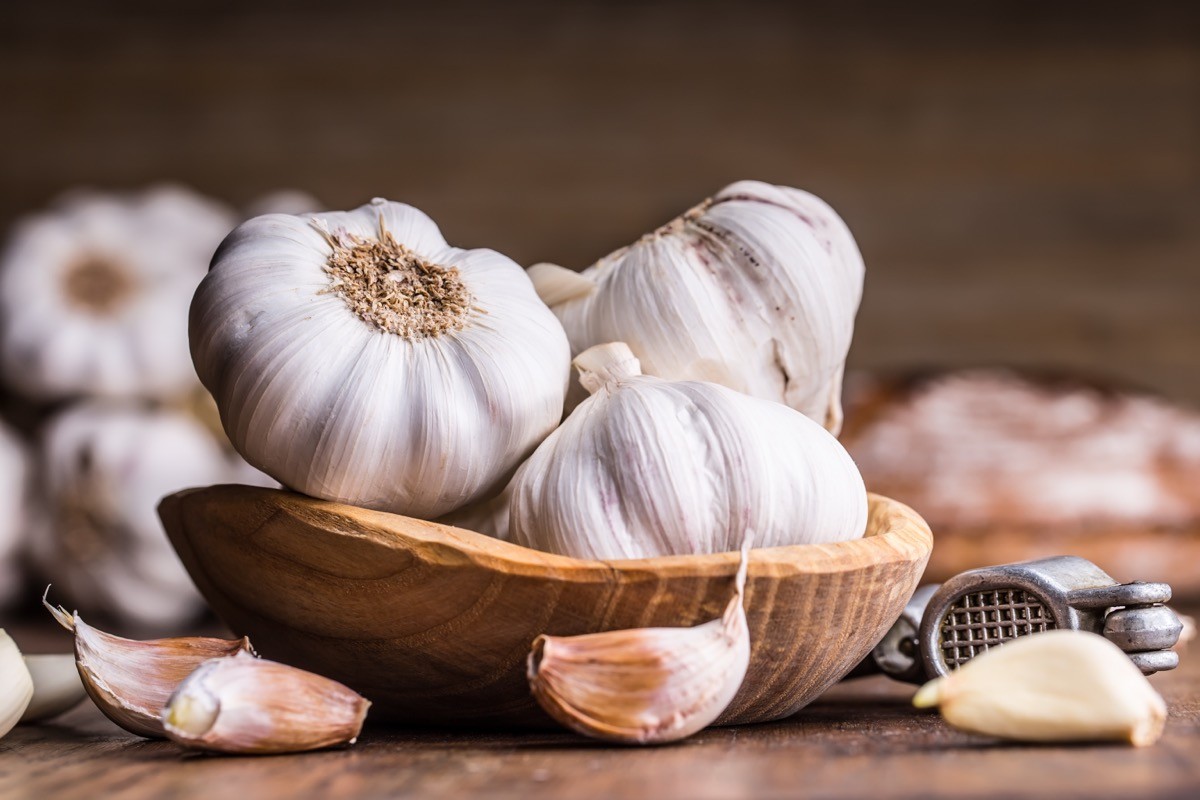
Garlic is a well-known natural remedy due to its active compound, allicin, which has antimicrobial properties. Crushing garlic activates allicin, which may help combat bacteria and viruses. O’Neill advises using “as much as you can bear” in the mixture. While some studies support garlic’s immune-boosting effects, the amount needed for significant impact varies. Excessive garlic consumption might cause stomach irritation, so moderation is key.
Ginger: A Soothing Anti-Inflammatory
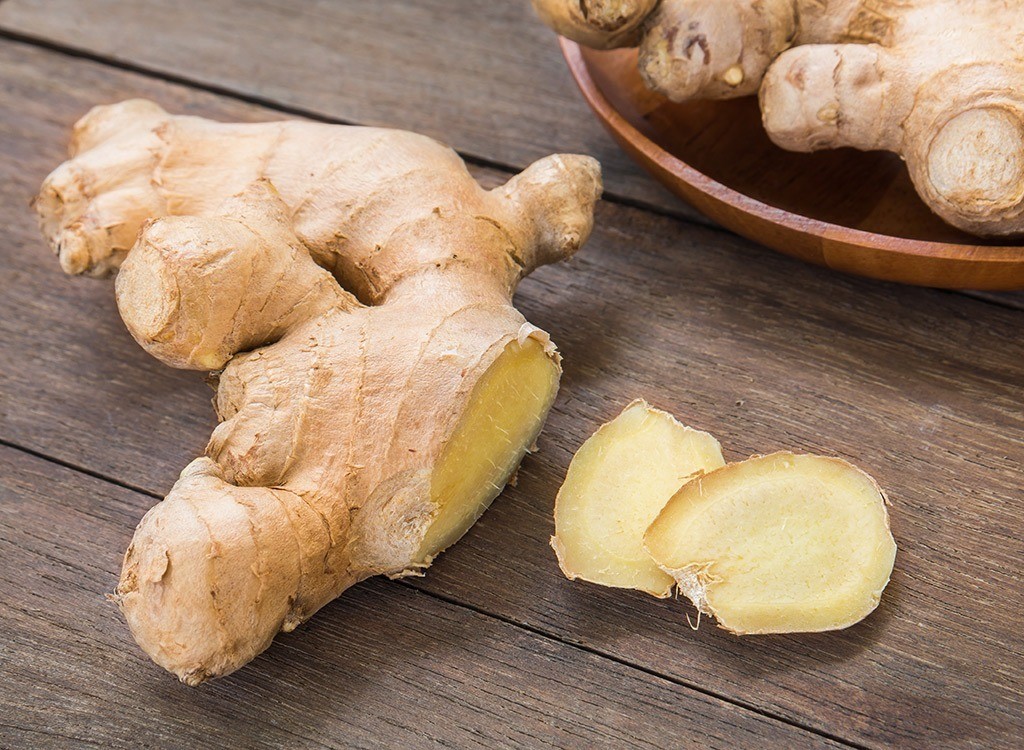
Barbara O’Neill includes finely chopped ginger in the recipe, typically about a quarter of a teaspoon. Ginger contains compounds like gingerol, which have anti-inflammatory and antioxidant properties that may soothe sore throats and reduce congestion. While evidence supports ginger’s role in easing nausea and inflammation, its direct impact on respiratory infections remains anecdotal.
Eucalyptus or Tea Tree Oil: Aromatic Support

The recipe calls for a drop of eucalyptus oil, or tea tree oil as a substitute. Both oils are known for their antimicrobial and decongestant properties. Eucalyptus oil is commonly used in steam inhalation to relieve nasal congestion. However, ingesting these oils can be toxic in high doses, so using only the recommended amount is crucial.
Cayenne Pepper: A Spicy Decongestant
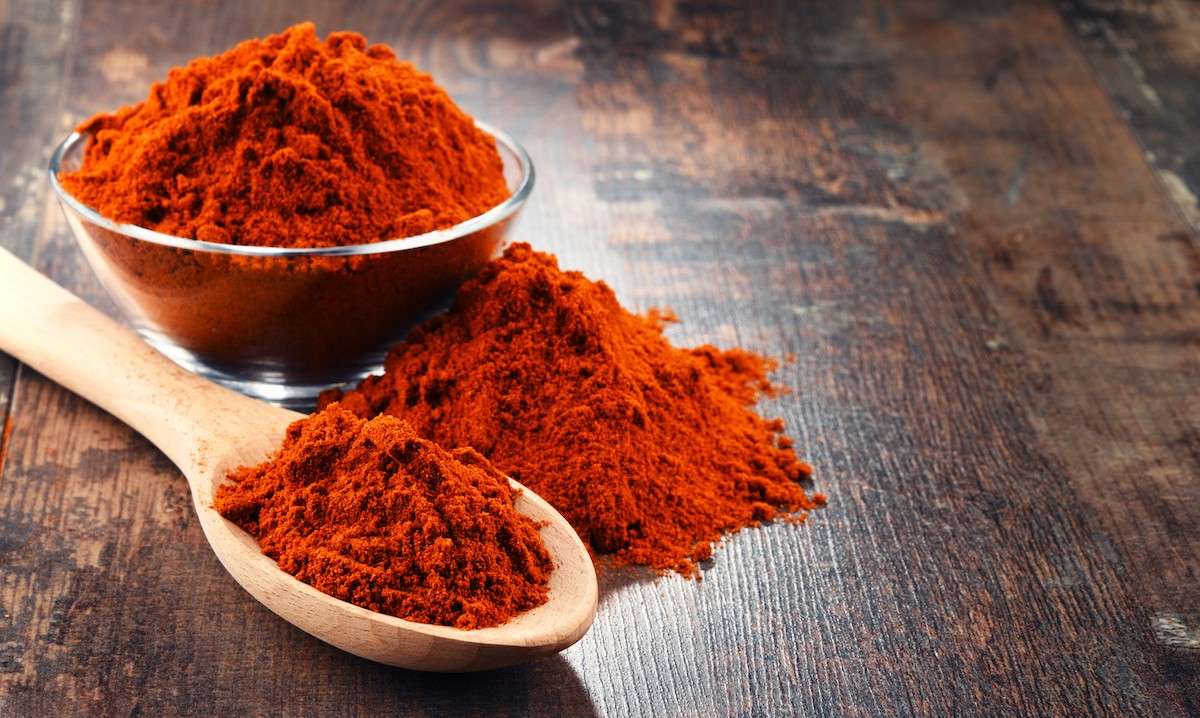
Cayenne pepper’s active compound, capsaicin, may help clear mucus and improve circulation. O’Neill leaves the amount to personal preference, noting that “some people can only handle a sprinkle.” While cayenne’s heat might offer temporary relief from congestion, its effects are not long-lasting or curative.
RELATED: 6 Best & Worst Foods to Boost Your Flu Shot’s Effectiveness.
Lemon Juice: A Dose of Vitamin C
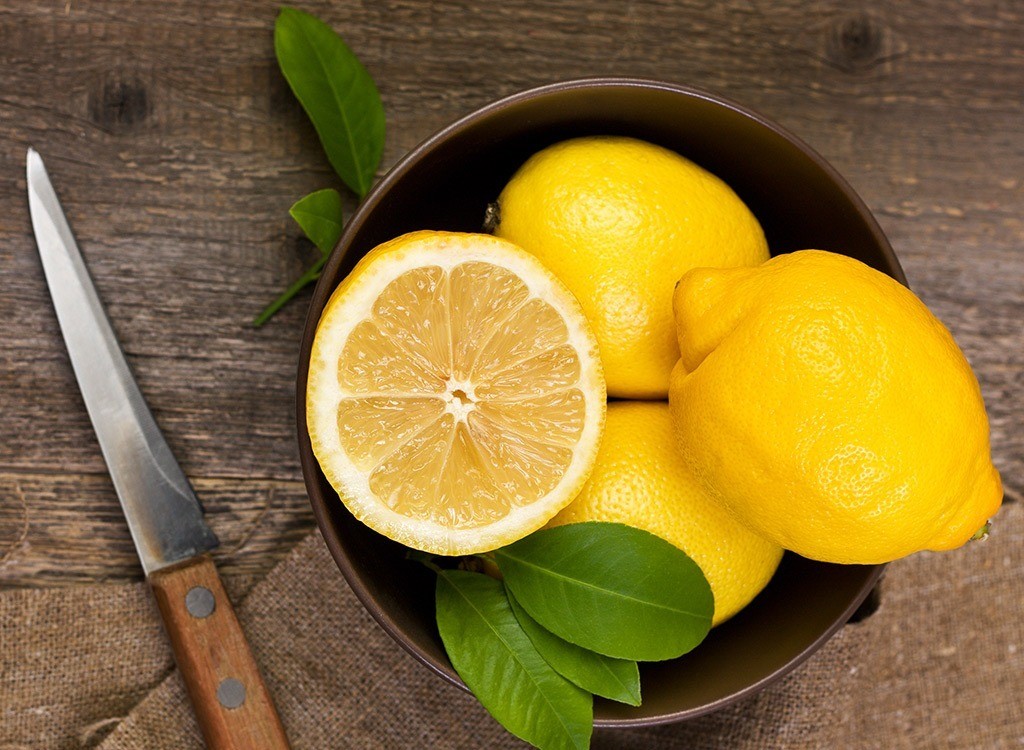
The juice of one lemon adds a citrusy boost to the flu bomb. Lemon juice provides vitamin C, which is thought to support immune function. While vitamin C cannot prevent colds or flu outright, it may shorten the duration of symptoms. Fresh lemon juice is ideal to maximize its nutritional benefits.
Honey: A Natural Soother
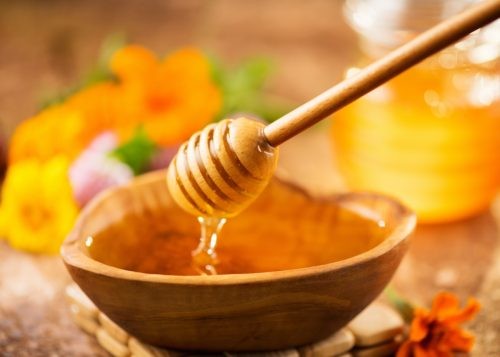
A teaspoon of honey adds sweetness and potential health benefits. Honey is known for its antibacterial properties and ability to soothe sore throats. O’Neill’s inclusion of honey aligns with research supporting its use to reduce cough severity. For maximum effectiveness, raw honey is preferred.
Hot Water: The Essential Base

Hot water helps dissolve the ingredients and makes the drink palatable. The warmth can also soothe irritated throats and promote hydration. O’Neill suggests using about a quarter to a third of a cup to mix the flu bomb, ensuring it is consumed comfortably warm.
While Barbara O’Neill’s flu bomb has inspired many to try it as a natural remedy, its efficacy remains anecdotal. As with any alternative treatment, consult with a healthcare provider for severe symptoms or ongoing health concerns.